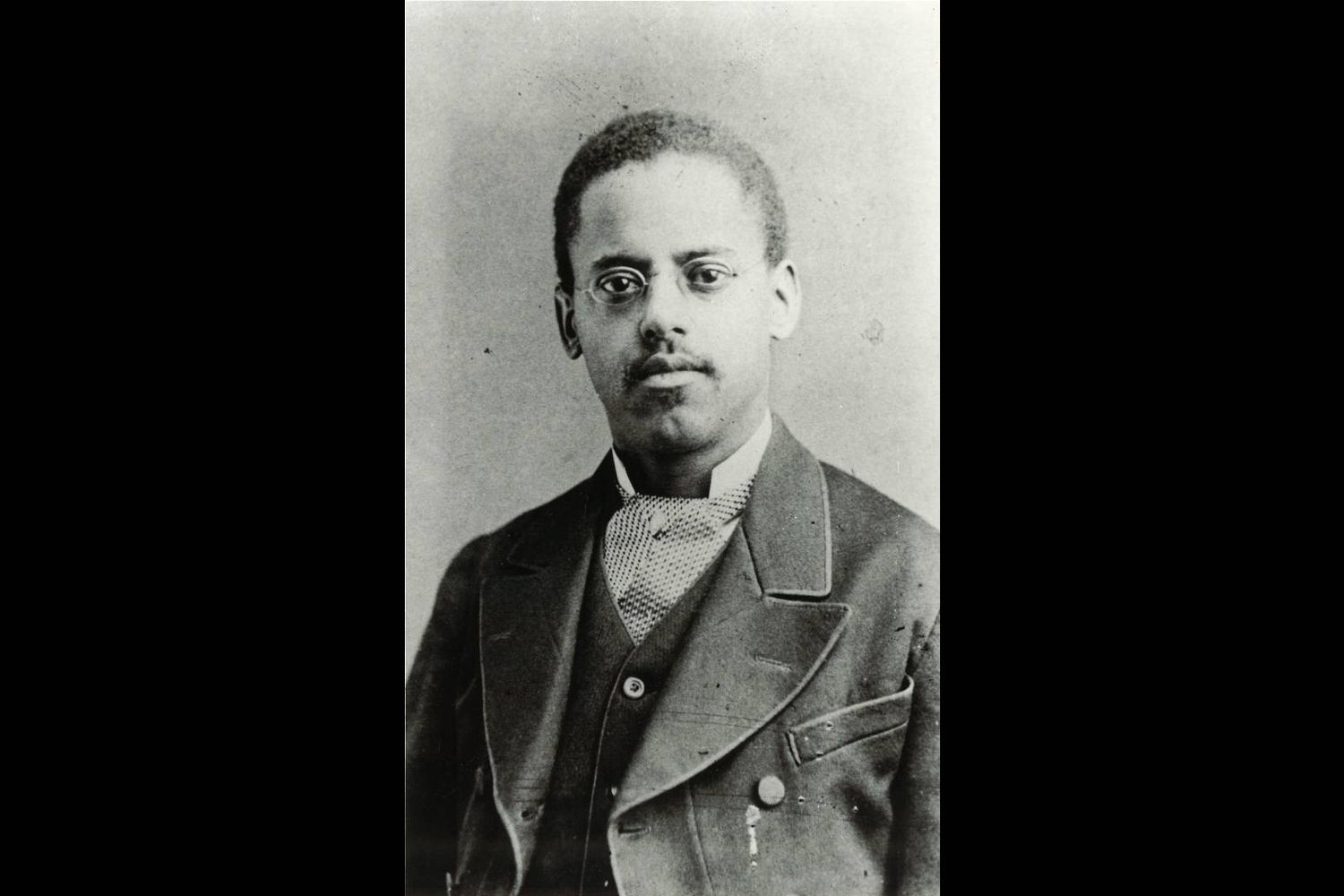
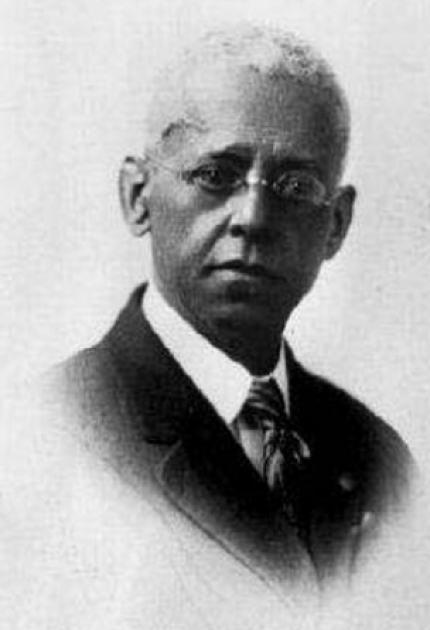
Lewis Howard Latimer was an African American inventor, engineer, and draftsman who overcame great hardship in his early life to become one of the most accomplished and respected figures of his time.
Latimer was born in 1848 in Chelsea, Massachusetts, the son of former slaves. Despite the end of slavery, he and his family faced severe poverty and discrimination in the years that followed. Despite these challenges, Latimer was determined to pursue an education and worked tirelessly to achieve his goals.
Latimer began working as an apprentice for a patent attorney at the age of 15, where he learned to draft patent drawings and became interested in invention and innovation. He then worked as a draftsman for Alexander Graham Bell's patent law firm in Boston and was responsible for preparing drawings for Bell's telephone patent.
In 1874, Latimer was hired by Hiram Maxim, a prominent inventor and businessman, as a draftsman and patent expert. He worked on the development of the incandescent light bulb and helped to improve the design and efficiency of the bulb. His work on the incandescent lightbulb led him to be responsible for the design of the carbon filament, which improved the efficiency and longevity of the bulb, and made it practical for widespread use.
Latimer's contribution to the incandescent lightbulb was a key factor in making it a viable technology and commercial success. He was awarded with a US Patent for this invention in 1881. He also published a book " Incandescent Electric Lighting: A Practical Description of the Edison System" in 1890, which was a guide for electricians and inventors on how to install and maintain electric lighting systems.
Latimer's contributions to society were recognized by many organizations and awards. He was awarded with a gold medal by the National Association for the Advancement of Colored People (NAACP) in 1881 for his invention of the carbon filament, and was appointed as a member of the Edison Pioneers in 1887.
Latimer's life and work have inspired countless others to pursue careers in science, engineering, and technology. His legacy continues to be celebrated today, as an example of what can be achieved through hard work, determination, and a passion for innovation.
Black Wall Street Thrived
How the greatest black community thrived before its dismantling
Black Wall Street, also known as Greenwood Avenue in Tulsa, Oklahoma, was a bustling hub of African American-owned businesses during the early 20th century. It was a thriving community that served as a model for other African American business districts across the country.
One of the key factors that contributed to the success of Black Wall Street was the strong sense of community that existed among its residents. Despite facing widespread discrimination and segregation, the people of Greenwood Avenue were able to come together and support one another's businesses. This sense of community was not just limited to the business owners, but extended to the consumers as well, who made a conscious effort to shop at and support their neighbors' businesses.
Another factor that contributed to the success of Black Wall Street was the high level of innovation that was present within the community. Many of the businesses on Greenwood Avenue were able to thrive because they were able to offer unique products or services that their competitors could not. For example, the Dreamland Theater was the first movie theater in the city to show "race films," which were specifically made for African American audiences. These films were a hit and helped to drive business to the Dreamland Theater.
Additionally, the businesses on Black Wall Street were able to form strong partnerships with each other, which allowed them to pool their resources and work together to create a more competitive market. This was especially important for businesses that faced discrimination from their white counterparts, as it allowed them to build a strong and self-sufficient community that was able to withstand economic challenges.
Overall, Black Wall Street was a remarkable example of the power of innovation and community in the face of adversity. Despite facing widespread discrimination and segregation, the businesses on Greenwood Avenue were able to thrive and become a model for other African American business districts across the country.
Learn to use ChatGPT like a Pro!
download a PDF on how to use ChatGPT for your own interest by clicking button below
To download the PDF for FREE individuals must pass human verification. Simply complete an offer after clicking the button to unlock the offer. If you complete an offer and page does not download automatically, refresh your page.
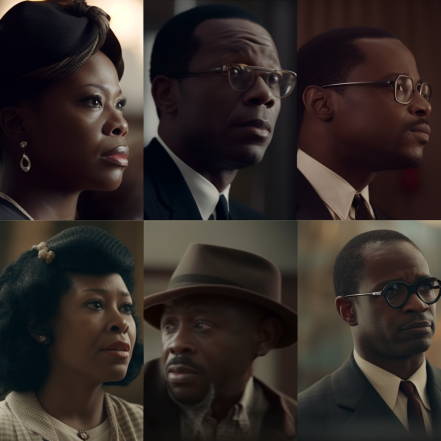
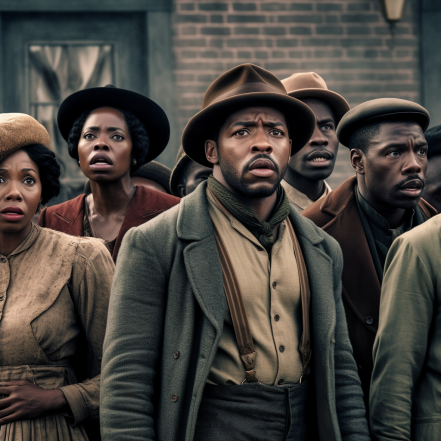

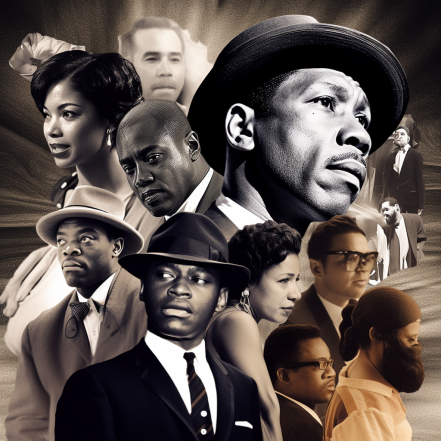
Like this? Leave a comment and share!